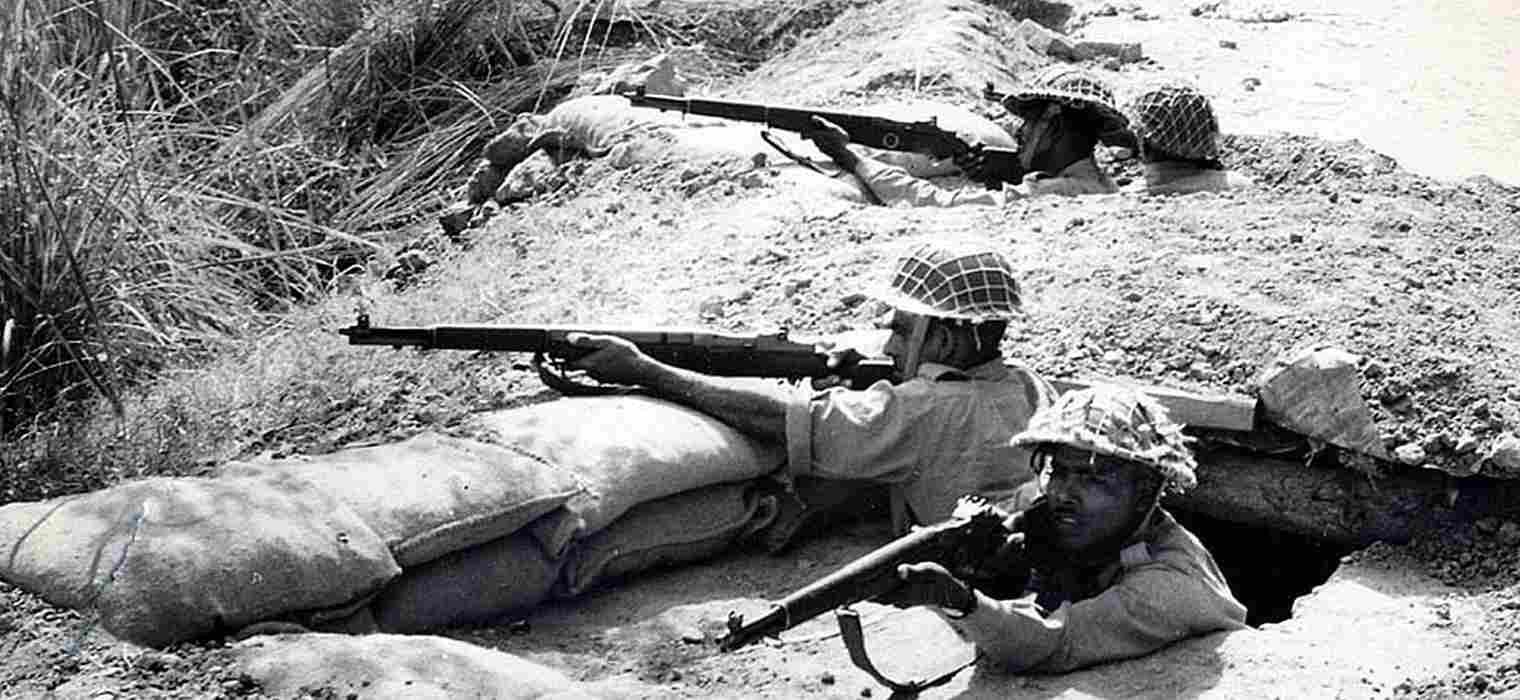Numbers will not do justice to the war frenzy created after the Pahalgam attack that took place in Indian Illegally Occupied Kashmir, on April 22, 2025. Interestingly, this is not the first time that the risk of war looms high over the South Asian region.
The history of India-Pakistan relations is punctuated by repeated crises, where the two nuclear-armed neighbors have stood eye-to-eye, dangerously close to full-scale war.
From open hostilities to near-miss escalations, the subcontinent has experienced multiple flashpoints—each with the potential to trigger catastrophic consequences not only for the two countries but for regional and global stability.
1947–1948: The First Kashmir War
Following the partition of British India in 1947, the princely state of Jammu and Kashmir became a major flashpoint. When its Hindu ruler acceded to India against the wishes of the Muslim-majority population, tensions escalated rapidly. Tribal militias from Pakistan’s northwest intervened, and Indian forces were airlifted to the region.
A brutal conflict followed, resulting in the first India-Pakistan war. The war ended with a United Nations-brokered ceasefire on January 1, 1949, which led to the creation of the Line of Control (LoC). However, the Kashmir issue remained unresolved, setting the stage for future confrontations.
1965: The Second Kashmir War
Tensions resurfaced in 1965 when Pakistan launched Operation Gibraltar, aiming to support the Kashmiri people’s right to self-determination. India responded with full-scale military action across the international border. Major battles were fought in Lahore, Sialkot, and Kashmir. After heavy losses on both sides, a ceasefire was negotiated through Soviet mediation at Tashkent.
The Tashkent Agreement, signed on January 10, 1966, led to troop withdrawals but failed to resolve the core Kashmir dispute, keeping the potential for future conflict alive.

1971: The Bangladesh War
The 1971 war was rooted in political unrest and demands for autonomy in East Pakistan (present-day Bangladesh). After the situation escalated into violence, India intervened, leading to a regional war. The conflict ended with the creation of Bangladesh, reshaping South Asia’s geopolitical map.
While it was a difficult chapter in Pakistan’s history, the post-war period also brought new opportunities to rethink regional cooperation and the importance of addressing internal political challenges peacefully.
1999: Kargil Conflict
In the spring of 1999, Pakistani soldiers and Kashmiri fighters occupied strategic peaks in the Kargil sector of Indian-administered Kashmir. India launched a large-scale military operation to reclaim the heights. The situation escalated rapidly, with heavy artillery duels and air strikes. International concern, especially from the United States and China, mounted.
Diplomatic pressure led to a withdrawal of Pakistani forces back across the LoC. Though the conflict ended within a few months, it underscored how quickly localized fighting could spiral into broader conflict between two nuclear-armed neighbors.
2001–2002: The Parliament Attack and Military Standoff
Following an attack on the Indian Parliament in December 2001, India mobilized its forces under Operation Parakram, and Pakistan responded with a similar build-up. Both countries amassed hundreds of thousands of troops along the border, raising fears of nuclear conflict. For nearly ten months, South Asia stood on high alert.
It took intense diplomatic efforts, particularly by the United States and other states, to halt tensions. Eventually, both sides withdrew their forces, but the crisis left a lasting impact on military doctrines and strategic thinking in the region.
2016: Uri and the Surgical Strikes
In 2016, an attack on an Indian military base in Uri reignited tensions along the Line of Control. India claimed to have conducted “surgical strikes” across the border, leading to heightened rhetoric. However, despite the sharp escalation in language, both countries managed to contain the situation to the border region without entering into a larger war.
This event once again reflected the cautious strategic calculations in both capitals, shaped by the nuclear backdrop.
2019: Pulwama-Balakot Crisis
In February 2019, a suicide attack in Pulwama, Kashmir, killed over 40 Indian paramilitary personnel. India blamed Pakistan without evidence and launched air strikes in Balakot, inside Pakistani territory. Pakistan responded with precision strikes across the LoC and captured an Indian Air Force pilot, Abhinandan Varthaman, after his MiG-21 fighter jet was shot down.
Pakistan’s decision to release the pilot within days as a goodwill gesture helped defuse tensions. Nevertheless, the incident brought the two nations dangerously close to open conflict once again.
2025: The Pahalgam Attack
The recent Pahalgam attack in Indian Illegally Occupied Kashmir has reignited tensions. Indian media and political circles have already begun whipping up a narrative reminiscent of earlier crises. If history is any guide, the region stands once again at the brink, highlighting how unresolved disputes, mistrust, and provocations create a perpetual state of near-war between these two nations.
Read More: Pakistan Halts Trade, Bans Indian Flights Amid Rising Tensions
India and Pakistan have come perilously close to war on several occasions. The stakes are now higher than ever with both countries possessing nuclear weapons, increasingly polarized politics, and aggressive media ecosystems.
History shows that war, whether full-scale or limited, fails to resolve core issues—it only deepens mistrust and sows new seeds of hostility. The recurring brinkmanship demands not just de-escalation but a reinvigorated dialogue, confidence-building measures, and mutual recognition of the costs of conflict.
Areeba Kanwal is a contributor at The Diplomatic Insight and has passion for International Relations and diplomacy.



